Endodontic Retreatment
About Endodontic Retreatment
With proper care, most teeth that have had endodontic (root canal) treatment can last as long as other natural teeth. However, in some cases, a tooth that has received endodontic treatment fails to heal or has continued persistent pain. Occasionally, the tooth becomes painful or diseased months or even years after successful treatment. Retreatment is often a complex and specialized procedure that should only be performed by an endodontist.
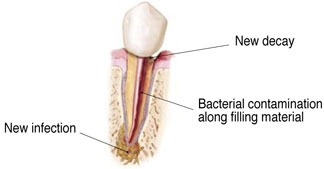
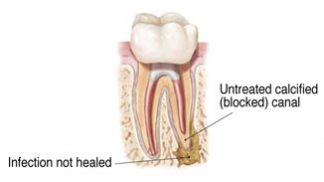
Step by Step Guide to Endodontic Retreatment
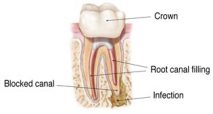
Step 1
After discussing your treatment options, our plan begins with reopening the tooth to gain access to the old root canal filling material. In many cases, complex restorative materials – crown, post, and core material – must be disassembled and removed to permit access to the root canals.
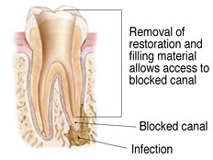
Step 2
After removing the canal filling, the endodontist can clean the canals and carefully examine the inside of your tooth, searching for any additional canals or unusual anatomy that requires treatment.
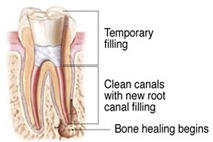
Step 3
After cleaning the canal(s), the endodontist will fill and seal the canal(s) and place a temporary filling in the tooth.
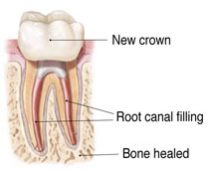
Step 4
After the final visit with your endodontist, you will need to return to your dentist as soon as possible to have a new crown or other restoration placed on the tooth to protect and restore it to full function.
